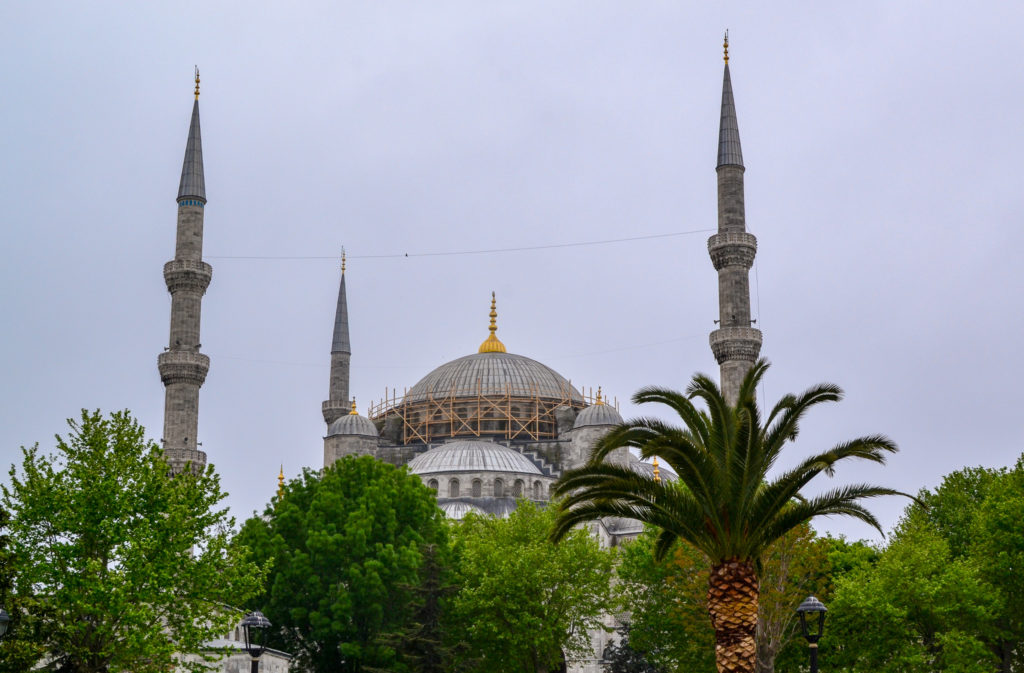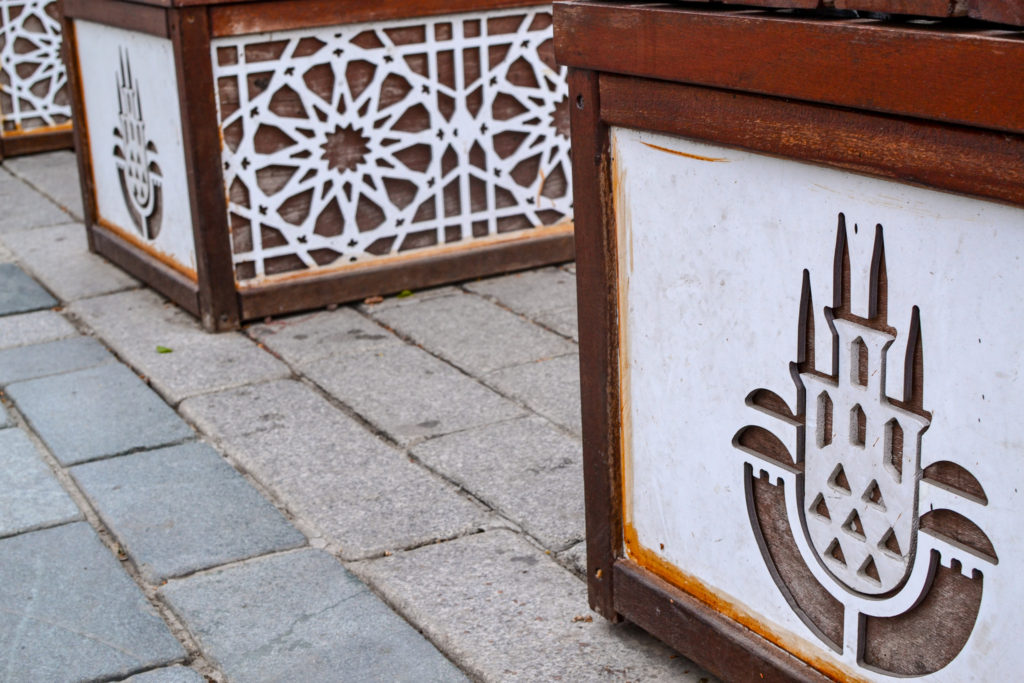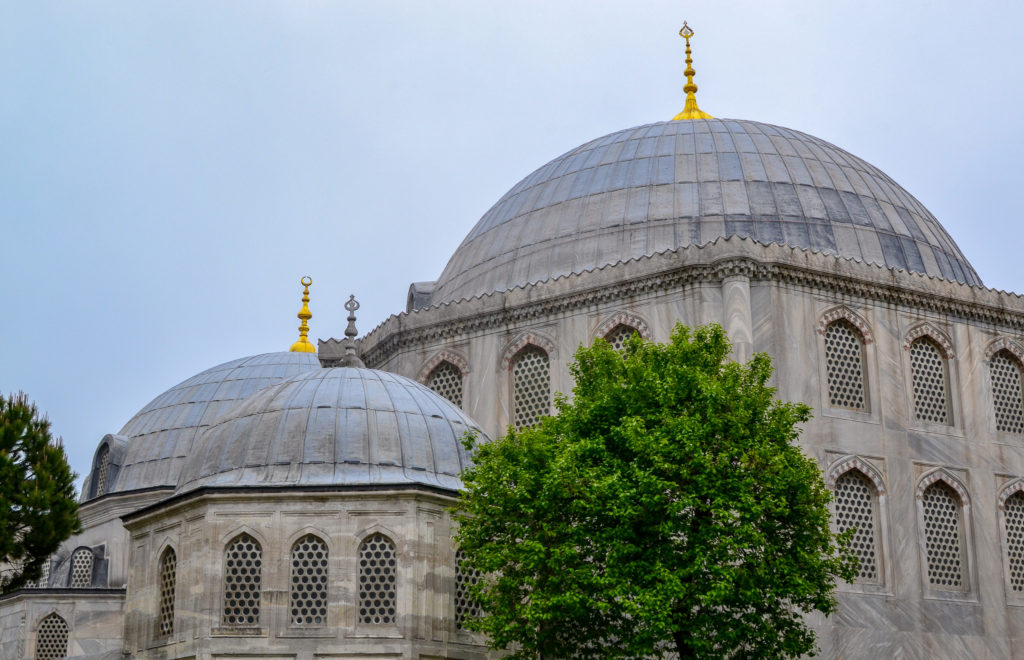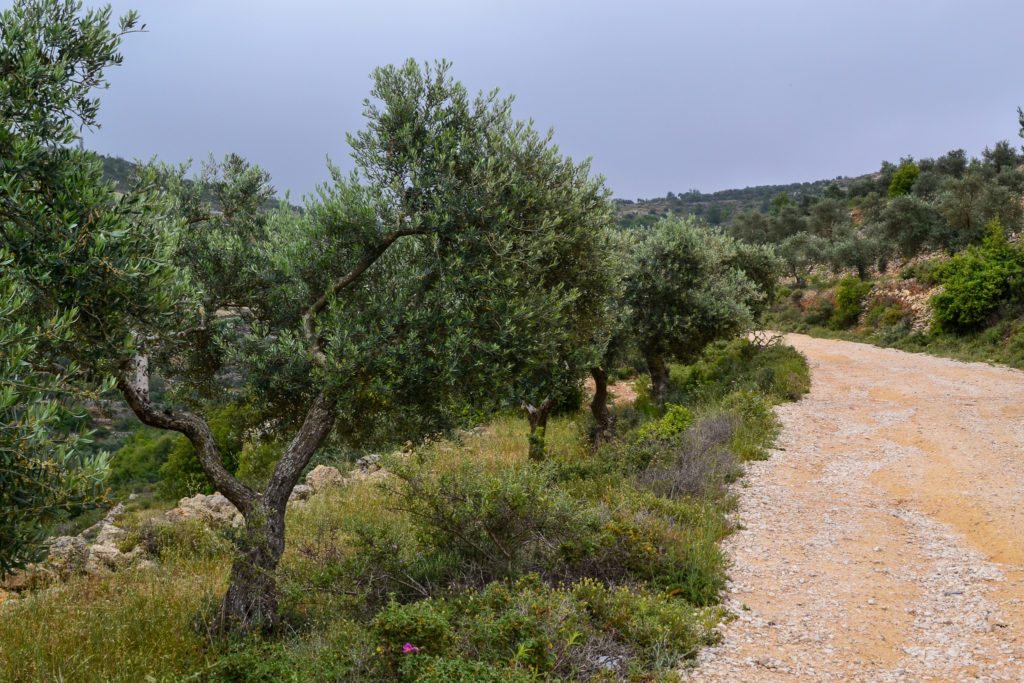
Historic Areas of Istanbul #2

Historic Areas of Istanbul
Inscribed as a UNESCO World Heritage Site in 1985 for its outstanding cultural value, the Historic Areas of Istanbul is a group of historical sites located in Istanbul, Turkey. Straddling the Bosphorus Peninsula between Europe and Asia, Istanbul has thrived as a major world city and as a religious and political center for more than two millennia, mainly due to its strategic location. Istanbul has also served as the capital of four different empires, spanning nearly 16 centuries.
Multiple monuments and structures within the city of Istanbul would each rightfully deserve their own World Heritage listing, such as the Blue Mosque and the Hagia Sophia. However, many larger cities across Europe combine their historic places into one greater World Heritage Site for practicality purposes. Istanbul is one of those cities.
The Historic Areas of Istanbul was one of the original UNESCO World Heritage Sites in Turkey, along with the Great Mosque and Hospital of Divriği and Göreme National Park and the Rock Sites of Cappadocia.

The Official World Heritage Inscription from UNESCO
State Party: 🇹🇷 Turkey
Date of Inscription: 1985
Criteria: Cultural

Table of Contents
Components of the Historic Areas of Istanbul

The Historic Areas of Istanbul is comprised of four different areas, or zones, which portray various stages of history that the city endured.
Sultanahmet Archaeological Park

The first and most popular zone within the Historic Area of Istanbul is the Sultanahmet Archaeological Park. This portion of the World Heritage Site includes Istanbul’s two most famous attractions — the Hagia Sophia and the Blue Mosque (Sultan Ahmed Mosque).
The Hagia Sophia was built in the beginning of the Middle Ages, in 537 AD. It has gone through several significant phases and at one point, was the largest building in the world. The Hagia Sophia was originally constructed as a Greek Orthodox Christian cathedral, but was converted into an imperial mosque once the Ottomans took control of Istanbul. Today, the Hagia Sophia operates as a museum for tourists to enjoy.

Also located in the Sultanahmet Archaeological Park, is the Sultan Ahmed Mosque. More famously known as the Blue Mosque , this structure sits directly across the Sultanahmet Square from the Hagia Sophia. The Blue Mosque, built in the early 17th century, earned its name from the over 20,000 handmade ceramic tiles that line its interior, most of which are blue. The Sultan Ahmed Mosque is one of only four mosques in Turkey with six minarets.
Other notable sites within the Sultanahmet Archaeological Park include the following:
- Topkapi Palace
- Hagia Eirene
- The City Walls
- Basilica Cistern
Suleymaniye Quarter
The Suleymaniye Quarter, which contains the Suleymaniye Mosque complex and several bazaars, is another zone within the Historic Areas of Istanbul. One of the more well-known sites in Istanbul, the Suleymaniye Mosque is an Ottoman imperial mosque from the mid 16th century and is the second largest mosque in this Eurasian city. The complex also contains several other buildings, such as a hospital, several schools, and public baths.
Zeyrek Quarter
The Zeyrek Quarter includes the Zeyrek Mosque is the second largest religious structure in Istanbul built by the Byzantines. This 12th-century mosque represents the most classic example of architecture of the Byzantine middle period in Constantinople. Today, the Zeyrek Mosque has undergone extensive restoration and is on the rise again after years of being in a state of decay and disrepair.
Theodosian Land Walls Conservation Area
The fourth and final section based within the Historic Areas of Istanbul is the Theodosian Land Walls Conservation Area. This area contains the remains of the former Blachernae Palace, which was located in the northwestern part of Constantinople (Istanbul today.) The ancient walls which surrounded this area were built in the 5th century under the authority of Theodosius II, the former Eastern Roman Emperor.
Visiting the Historic Areas of Istanbul

Istanbul is the largest city in Europe and the fourth-largest in the world. However, it is a fairly walkable city. A number of sites within the Historic Areas of Istanbul are located within close proximity to each other, such as the Hagia Sophia and the Sultan Ahmet Mosque.
A smart idea when visiting Istanbul may be to purchase the Istanbul Museum Card, which includes entrance fees to the Hagia Sophia, the Hagia Eirene and several other museums located within the Sultanahmet Archaeological Park. The cost of this card is 185 TL (34 USD) and lasts for five days.

Although Istanbul is walkable, this does not mean that one can visit all of the monuments and structures included within the Historic Areas of Istanbul in a single day. Many components of this UNESCO World Heritage Site cover a large portion of a major world city, which can take several days to visit properly. Hours can be spent staring at the masterpiece that is the intricate ceiling of the Hagia Sophia, so be sure to plan your time sufficiently.
The ideal time to visit Istanbul is during the spring and autumn months. Tourists will experience significantly less humidity during these shoulder seasons and the crowds tend to be smaller (though Istanbul is always bustling with life). Whenever you happen to find yourself in Istanbul, take time to thoroughly explore its Historic Areas. Also, be sure to stop and refuel with some Turkish coffee and simit.





